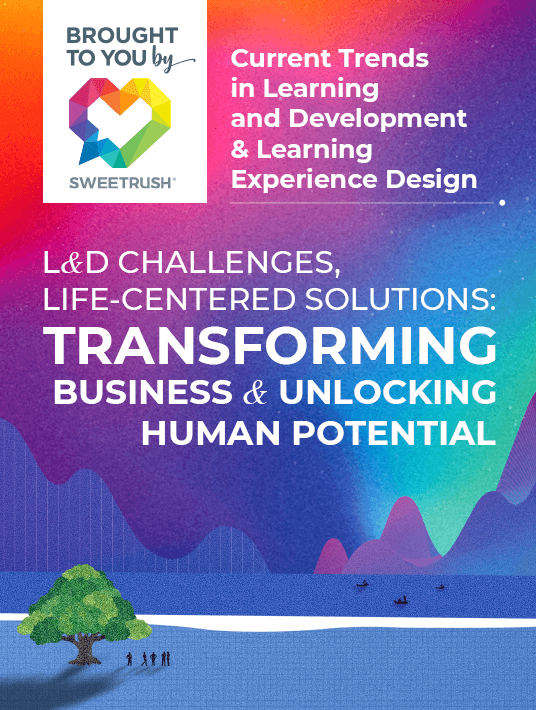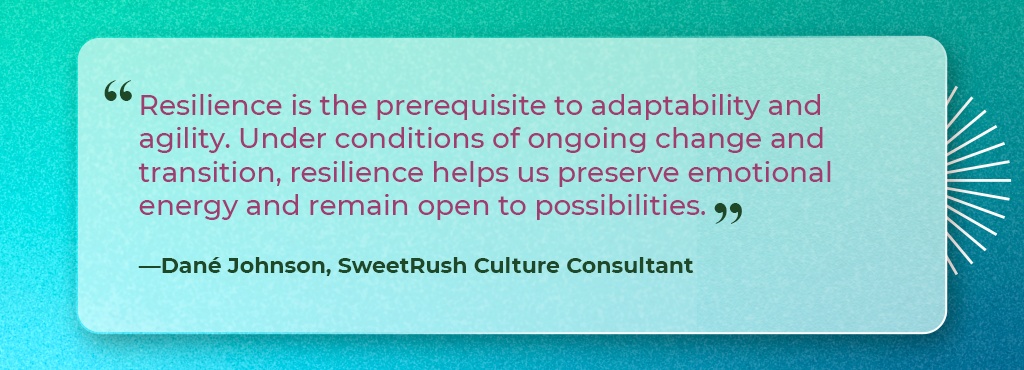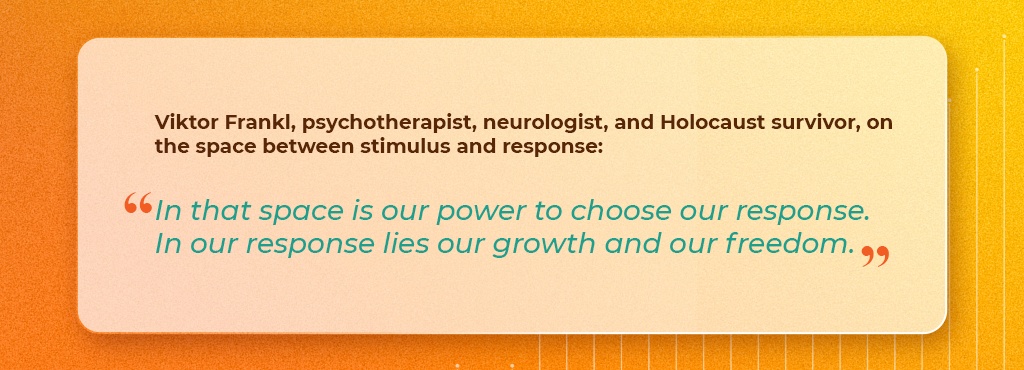Employee Resilience, Agility & Adaptability
We L&D folks are pretty good at keeping up with learning trends: Who doesn’t love those new-year forecasts on the most promising learning technologies and techniques?
My team at SweetRush is no exception. But for 2022, we chose a different direction: research.
We got curious about how the ongoing global crises, human suffering, and social unrest were affecting our clients and friends. So we surveyed our community, asking how they were meeting needs, innovating, and evolving the L&D craft amid these challenges.
No fewer than 241 of our closest L&D friends came through—and things got deep. These learning leaders opened up and shared their hopes, fears, challenges, solutions, and priorities.
And it all started with skills.

The Most Sought-After Skills: Agility, Adaptability, And Resilience
Why Are Agility And Adaptability So Important In The Workplace?
After the past two years, pivoting is part of everyone’s job description—so it was no surprise that agility and adaptability topped L&D leaders’ list of skills in demand.
What didn’t make their top 10 list of learning needs? Resilience. Yet a surprising number of respondents mentioned it in their open-ended comments.
What Is Resilience, And What Does It Have To Do With Agility And Adaptability?

To weather global uncertainty and unrest and ever-more-demanding workloads, we need more resilience. But that can be tough to develop in a work culture that feeds our fear brain.
The Carrot, The Stick, And The Snickers Bar: Feeding The Fear Brain
Many of us have been trained from an early age to feel validated—and valued—when we achieve and produce. Receiving praise or being the last to log off delivers a temporary dopamine hit… before we start looking for the next.
Winning the proverbial “carrot” feels good in the moment, but chasing it is exhausting and can lead to people-pleasing behaviors and weakened work-life boundaries.
Avoiding the “stick” also takes a physical toll: When we face criticism or a volatile colleague, our fear brain activates, causing us to literally lose ourselves. In fear mode, it’s physically impossible to think critically, empathize, or solve problems creatively.[1]
Over the long term, the stress of the perpetually reactive, carrot-and-stick mode can lead to long-term inflammation which, in turn, leaves us vulnerable to other diseases.[2]
Remember the Snickers commercial: “You’re not you when you’re hungry”? The same is true under stress. We lose our ability to do the things that make us, us—like think creatively, collaborate, or treat others with grace.[1]
How Can I Increase My Resilience At Work?
First, we need to get off the grid of reactivity—and into the space between stimulus and response.

That means heeding our fundamental need for daylight, nourishment, movement, and rest during work hours—and all day. When, how, and how often we answer these needs varies with our mood and energy level, and with the way our brains and bodies work. By meeting these fundamental needs, we prevent our fear brain from firing and enable higher-order thinking.
Resilience doesn’t just benefit us as individual leaders—it also benefits our teams, colleagues, and organizations. It enables us to apply creativity to problems and draw connections between our work and the organizational mission. It also helps us to have better relationships—and longer fuses.[3]
How Can I Support Others’ Resilience At Work?

That’s the question of the moment, and we’re so glad it’s top of mind for so many leaders! The following three steps will help you deliver an instant resilience boost to your team.
3 Steps To Build Resilience On Your Team
1. Log Off!
Consider how you might be perpetuating a team culture of what Dané calls “nonstopness”—an always-on, always-alert mentality that keeps everyone in a reactive state. That can be as simple as rethinking that late IM or weekend email.
2. Remember That Words Matter.
Humans tend to perceive messages negatively, especially amid stress and uncertainty. To support bandwidth, author Liz Fosslien encourages us to “emotionally proofread” messages before sending.[4] Who wouldn’t prefer “Let’s brainstorm” over “We need to talk”?
3. Ask About—And Honor—Communication Preferences.
Meeting others through their preferred mode of communication helps them show up as their best selves. That team member who appears evasive and uncomfortable on video calls might be an amazing asynchronous collaborator.
Ready to invite your entire team into your resilience practice? Our five-step challenge[5] offers mindsets and habits that will help you thrive together.
Building A Future Of Workplace Resilience
About one in three forward-thinking leaders has always understood that supporting the “care and resilience of human workers” goes hand in hand with profits.[6] (Discover the three stages of human potential and how your organization can support them. [7])
We grow our collective resilience by prioritizing human needs—and by taking the time and care to find space between stimulus and response. If others aren’t yet seeing that space, keep holding it for them: In time, they’ll meet you there.
Want to learn more about how to leverage skills in support of human resilience and potential? Our eBook L&D Challenges, Life-Centered Solutions: Transforming Business and Unlocking Human Potential, talks through the challenges our industry is facing right now—and shares solutions from your peers, who are leading L&D projects and teams just like you. We hope you’ll join us in this exciting discussion of life-enhancing learning experiences that meet people’s changing hearts, minds, and needs.
References
[2] Inflammation: The Common Pathway of Stress-Related Diseases
[3] THE HUMAN AND BUSINESS BENEFITS OF BOOSTING EMPLOYEE RESILIENCE AND POTENTIAL
[4] 12 Power Skills to Fuel Your Growth in 2022
[5] Communicate For Resilience: A Five-Step Challenge For L&D Teams


